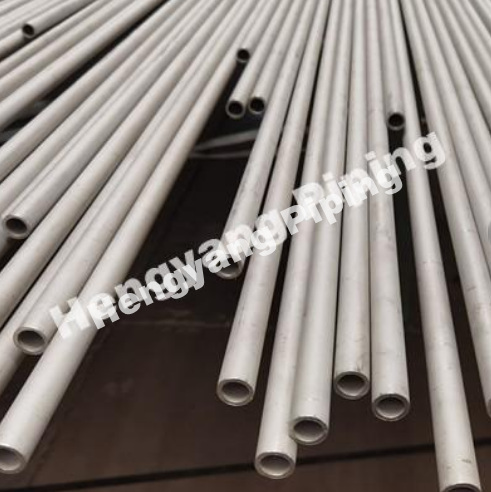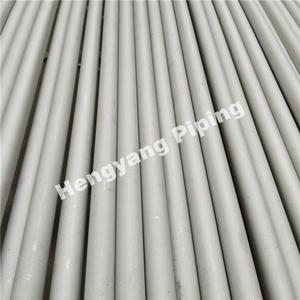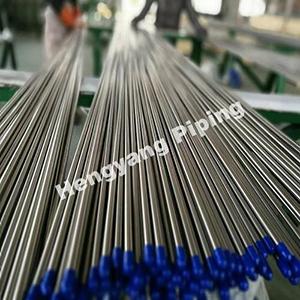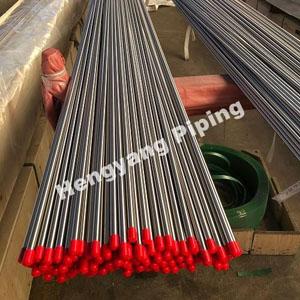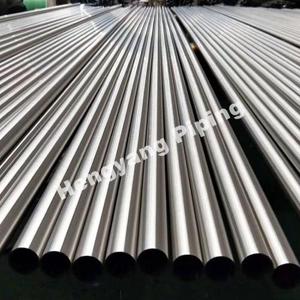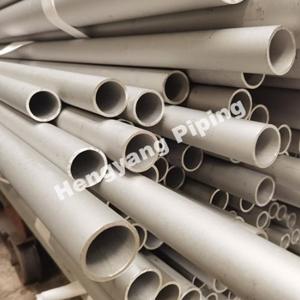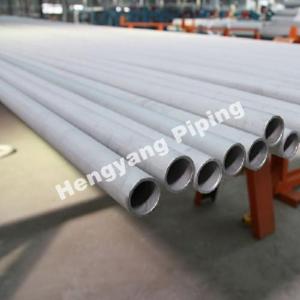Nickel vs. Stainless Steel - What's the Difference
Nickel and stainless steel are two common materials used in various industries and applications, ranging from construction and manufacturing to household products and kitchenware. While they share some similarities, they have distinct properties that make them suitable for specific purposes. Understanding the differences between nickel alloy and stainless steel can help in making informed decisions when selecting materials for different projects. Let's explore the dissimilarities between these two alloys.
1. Composition:
- Nickel:
Nickel is a chemical element with the symbol Ni and atomic number 28. It is a silver-white metal known for its excellent corrosion resistance and high electrical and thermal conductivity. In its pure form, nickel is relatively soft and malleable.
- Stainless Steel:
Stainless steel is an alloy composed of iron, chromium, and various other elements, including nickel. The most common type of stainless steel contains at least 10.5% chromium, which provides its characteristic corrosion resistance. Depending on the specific grade, stainless steel may also contain varying amounts of nickel, molybdenum, and other elements.
2. Corrosion Resistance:
- Nickel:
Nickel is highly resistant to corrosion and oxidation, making it suitable for use in harsh environments and corrosive substances. It forms a protective oxide layer on its surface, which helps prevent further corrosion and maintains its lustrous appearance.
- Stainless Steel:
Duplex stainless steel is renowned for its exceptional corrosion resistance due to the presence of chromium. The chromium content forms a passive oxide layer (chromium oxide) on the surface of the steel, which acts as a barrier against corrosive elements. The addition of nickel in certain stainless steel grades enhances its resistance to specific types of corrosion, such as in acidic environments.
3. Strength and Durability:
- Nickel:
Pure nickel is relatively soft and ductile, which limits its use in structural applications. However, when nickel is used as an alloying element in stainless steel, it contributes to increased strength and durability.
- Stainless Steel:
Stainless steel is known for its excellent strength and toughness. The addition of nickel and other elements enhances its mechanical properties, allowing it to withstand various loads and stresses.
4. Magnetic Properties:
- Nickel:
Pure nickel is magnetic and exhibits ferromagnetic properties.
- Stainless Steel:
The majority of stainless steel grades are non-magnetic in their annealed state, but some may become slightly magnetic after being cold-worked or welded. The presence of nickel in austenitic stainless steel (e.g., 304 and 316 grades) reduces their magnetic permeability.
UNS N06601 / Inconel 601/ W.Nr2. .4851 I Alloy 601
5. Cost:
- Nickel:
Nickel is more expensive than stainless steel due to its relative scarcity and higher production costs.
- Stainless Steel:
Stainless steel is generally more cost-effective compared to pure nickel or nickel alloys, making it a popular choice for various applications.
6. Applications:
- Nickel:
Pure nickel and nickel alloys find applications in various industries, including aerospace, electronics, chemical processing, and manufacturing of specialty alloys and superalloys. Nickel's exceptional corrosion resistance and thermal conductivity make it suitable for components in aggressive environments and high-temperature applications.
- Stainless Steel:
Stainless steel has a wide range of applications, from kitchenware and cutlery to architecture, construction, automotive parts, medical equipment, and industrial machinery. Its corrosion resistance, hygienic properties, and aesthetic appeal make it a preferred choice for many consumer and industrial products.
7. Appearance:
- Nickel:
Pure nickel has a bright, silvery-white appearance, which is often used as a plating material to enhance the surface of various products.
- Stainless Steel:
Stainless steel comes in different finishes, ranging from shiny and reflective to matte and brushed. It is valued for its modern and attractive appearance, making it popular in architecture and design.
8. Machinability:
- Nickel:
Pure nickel is relatively easy to machine, but nickel alloys can pose challenges due to their hardness and tendency to work-harden.
- Stainless Steel:
The machinability of stainless steel varies depending on the grade and its work-hardening characteristics. Some stainless steel grades are easy to machine, while others may require more robust machining processes.
9. Environmental Impact:
- Nickel:
Nickel mining and extraction can have significant environmental impacts, and the disposal of nickel-containing waste requires careful consideration to minimize pollution.
- Stainless Steel:
Stainless steel is considered to be a more environmentally friendly material compared to nickel alloys. The recycling of stainless steel is well-established, reducing the need for extensive mining of raw materials.
Conclusion
Nickel and stainless steel are distinct materials with different properties and applications. Nickel is a versatile element known for its exceptional corrosion resistance and high electrical and thermal conductivity. It finds application in various industries, particularly in the form of nickel alloys. Stainless steel, on the other hand, is a corrosion-resistant alloy containing iron, chromium, and often nickel, which makes it suitable for a wide range of applications, from household products to industrial machinery. Understanding the differences between these materials allows for informed decision-making when selecting the most suitable material for specific projects and applications.
If you want to know more information about Nickel alloy pipes, please contact us. We will provide professional answers.
